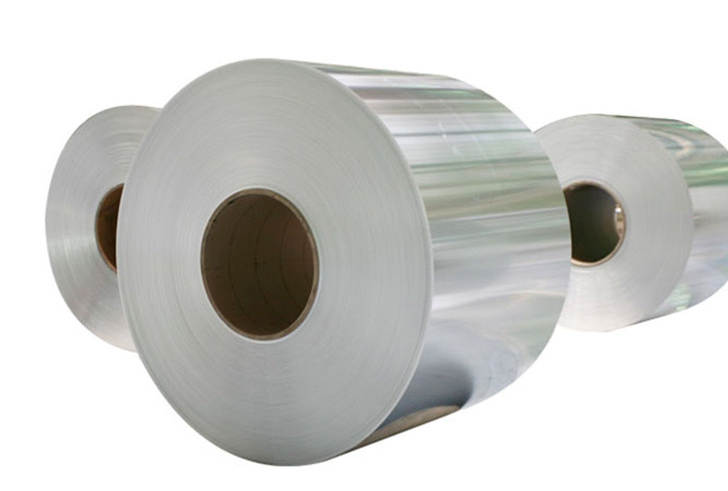Is Aluminum Foil Capable Of Providing Insulation For A Roof
Did you know that aluminum foil can also be used as insulation? It's common knowledge that aluminum foil is excellent for preserving the freshness of food, but did you know it can also be used for other purposes? You read that correctly: you can use aluminum foil to insulate your roof, thereby reducing the amount of heat that enters your home during the warmer months. It's possible that you've come across articles or blogs that discuss how some people insulate their roofs with aluminum foil. It is typically marketed as a low-cost way to maintain a comfortable temperature in your home throughout the year, both during the summer and the winter. But can we say for sure that it works?
In today's article, we will investigate how aluminum foil performs its function as an insulator and discuss whether or not it is a viable option for your home.
How the Insulation in the Roof Works
-
Insulation and reflectivity are the two primary approaches to roof insulation that are available
-
The function of reflective insulation is to deflect heat away from a home, while the function of traditional insulation is to retain heat within a home
-
Aluminum foil is not as effective as other materials in terms of reflectivity and insulation, but it is capable of doing both of these things to some degree
Aluminum Foil and Its Reflective Properties Against Heat
The ability of aluminum foil to reflect heat is one of the primary reasons for its widespread use. Because of this, it is frequently utilized in settings that require the containment of heat, such as solar ovens. But does it actually work to keep heat from entering your house when it's applied to the roof? The answer is yes… in a roundabout way.
Because aluminum foil has a reflectivity of approximately 80-95%, it is able to reflect approximately 80-95% of the heat that is directed toward it. That may sound fantastic, but there is a catch: the reflection will only occur if the foil in question is perfectly smooth and spotless. The amount of light reflected is significantly reduced if the surface of the foil is wrinkled or dirty. You will not derive a significant amount of benefit from the reflective properties of aluminum foil unless you intend to keep your foil roof completely flat and free of debris.
Foil made of aluminum and insulation
Aluminum foil is another material that can be used in a pinch to serve the purpose of insulation. Because it is so effective at preventing heat from passing through it, aluminum foil is often used as an insulating material in situations in which heat must be contained (for example, in space blankets). Nonetheless, there are a couple of issues associated with making use of aluminum foil as insulation. The cleanliness of the surface is the first concern; if there are any creases or folds on the surface of the foil, heat will be lost through the spaces between them. Second, aluminum foil is not very thick; the typical thickness of commercially available varieties is only about 0.006 inches. To construct an insulation barrier that is only moderately effective requires an extremely high number of layers of aluminum foil. At the very least, there are ten to fifteen layers. And I wish you the best of luck in keeping all those layers horizontal! Even if you were able to accomplish what you set out to do, you would be better off sticking with the tried-and-true methods of insulation, such as fiberglass batting, which is not only more affordable but also simpler to work with.
Is Roof Insulation Done with Aluminum Foil a Recommendable Choice?
Because it is low-cost and simple to put in place, aluminum foil is one of the options that can be considered for roof insulation. In addition to this, aluminum foil is an excellent heat reflector, which means that it can assist in keeping your home cooler during the warmer months. Nevertheless, there are a great number of drawbacks associated with using aluminum foil as roof insulation. To begin, it does not have the same level of durability as other options, such as fiberglass or foam board. In addition, if the aluminum foil on your roof is not installed properly, it can cause the roof to overheat, which can result in damage. When it comes to roof insulation, aluminum foil is a good option overall, provided that it is installed properly and used in conjunction with other materials.
That sums up everything, doesn't it? It is probably not worth your time or money to try to insulate your roof with aluminum foil, unless you plan to cover your roof in a layer of perfectly flat and perfectly clean aluminum foil, in which case, good luck with that. It can be done in a manner that is both much simpler and more productive.
